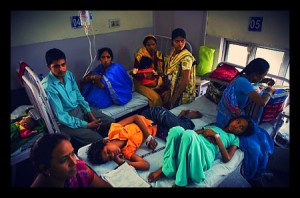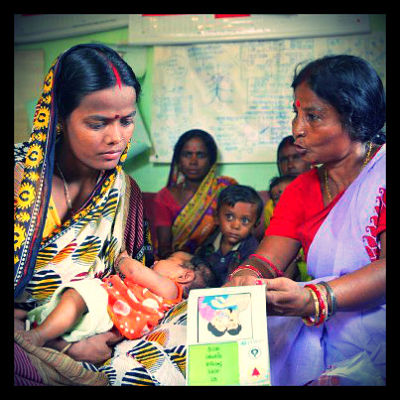
Private healthcare has grown in prominence in India, constituting 93 percent of all hospitals and 85 percentof doctors today. The government clinics are sparse, leaving Indians no choice but to seek private healthcare. With no real government regulations, many private practices are taking advantage of the poor, uneducated or illiterate patients, and especially women. By providing expensive treatments that are not necessary, many are left in atrocious debts and physical pain.
Oxfam personnel in India have obtained substantial evidence on these abuses committed against Indian women at these private clinics and hospitals. Doctors have coerced thousands of women to get unnecessary hysterectomies when they come in for treatment for stomachaches or abdominal problems. Akhil Bhartiya Grhak Panchayat, a local NGO in Dausa, has found that almost 70 percent of the women who have gone to the clinics, which the NGO obtained information from, have had hysterectomies performed on them. The investigation also revealed that many of these women were less than 29 years old.
Besides hysterectomies, many women were also tricked into having cesarean surgeries instead of a natural delivery. A cesarean operation can cost about four times as much as a normal delivery. In addition to the cost of the operation, the doctors would then charge for consultation and hospital beds. These unwarranted procedures leave the women deeply in debt, and sometimes in worse physical shape and unable to work.
These unnecessary treatments for financial gains are unethical and a violation of human rights. Oxfam urges the Indian government to regulate the private healthcare sector and work towards developing an affordable healthcare system for everyone in India. Oxfam is working to end this exploitation of women in need of health services.
– Pimrapee Thungkasemvathana
Source: Guardian
Photo: Time

